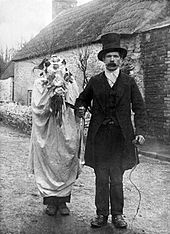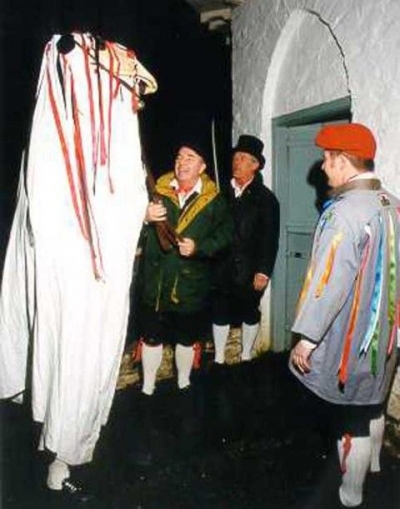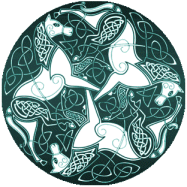The mysterious Welsh tradition of the Mari Lwyd
The Welsh tradition of the the Mari Lwyd is a custom performed during winter celebrations around the dates of Christmas and New Year. Although performed over the Christmas period, the Mari Lwyd is thought to be a pre-Christian tradition believed to bring good luck. The strange and frightening horse-figure, that in the past was often made from a horses skull, but now mostly artificial, was mounted upon a pole. Which was carried by a person hidden under a cloth, which had ribbons attached, from door to door. Accompanied by a group of singers the Mari Lwyd knocks on the door and the first verse of a traditional song is sung. This would in turn be answered in song by the person in the house. After a number of verses had been exchanged, the Mari Lwyd singers would then be invited into the house and provided with food and drink before leaving with a farewell song.
Mari Lwyd translates as the Grey Mare and this pagan tradition continues mostly in parts of South Wales, but is now also celebrated in some other parts of Wales. The history of the custom is a matter of debate. However, horses were viewed as a sacred animal in the Celtic lands and the horse has always been highly venerated and seen as a prized possession. There was a great bond between Celts and their horses. They believed that the care that they took of them was reciprocated, with the horse acting as a protector. This religious importance is witnessed by the many ancient images of the horse carved in stone and onto landscapes. They hold a significant place in stories of the Celtic gods and mythological tales. The horse has featured in symbolism and Celtic art and design throughout the centuries.








